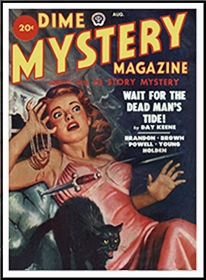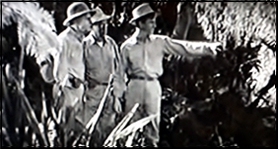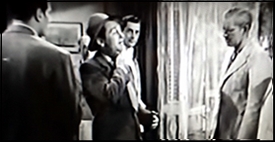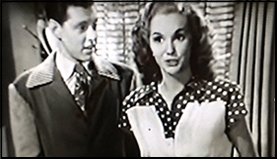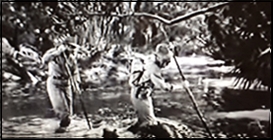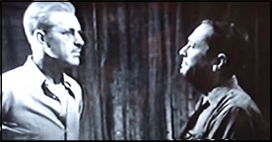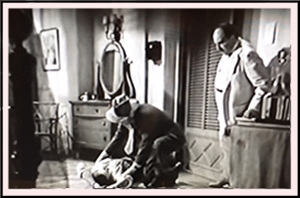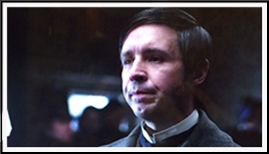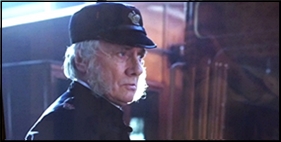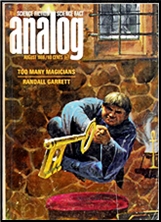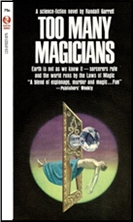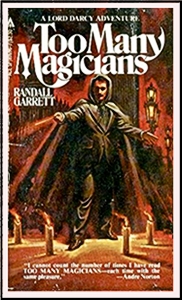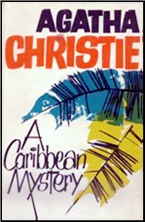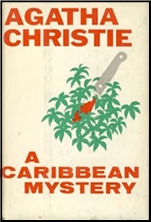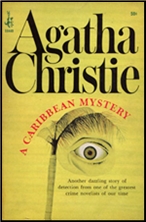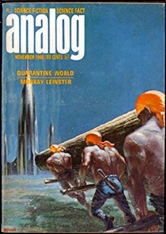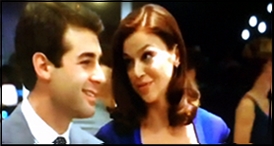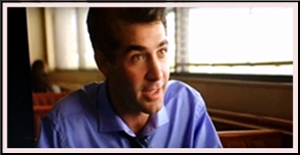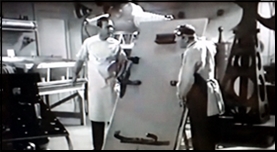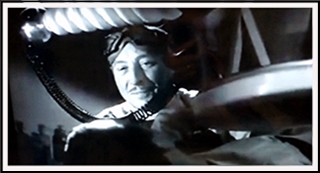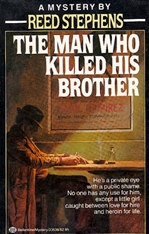Mon 23 Nov 2020
Mystery Review: DAY KEENE – Dead Man’s Tide.
Posted by Steve under Pulp Fiction , Reviews[2] Comments
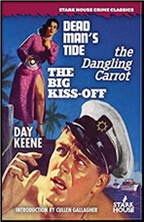
DAY KEENE – Dead Man’s Tide. Stark House Crime Classic, softcover, January 2021. Three-in-one volume with The Dangling Carrot and The Big Kiss-Off. First published as by Williams Richards (Graphic #60, paperback original, 1953). Expanded and revised from “Wait for the Dead Man’s Tide,†by Day Keene, published in the August 1949 issue of Dime Mystery Magazine. Also published as It’s a Sin to Kill, as by Day Keene (Avon T-814, paperback, 1958).
After a short prologue consisting of following a woman’s nude body as it floats along with the tide in the Gulf of Mexico off the Florida coast, Dead Man’s Tide starts with a bang and never lets up until 120 pages later (in the soon-to-be-released Stark House edition). It opens for real with Charlie Ames, a fishing excursion boat captain waking up alone in a strange bed, on another boat with a woman’s clothing scattered about, a liquor bottle rolling back and forth on the floor, and $5000 in his pants pocket.
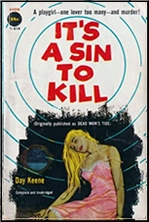
Whose boat, whose clothes, and most importantly, whose $5000? And where is she? No one knows, including the police, who most definitely do not believe Charlie’s story of having a cup of coffee with a prospective client on his own boat, but everything going black and he not knowing what happened until he woke up the following morning.
What’s worse is that he doesn’t think that his wife Mary Lou, a singer and hostess at a local night club, believes his story, either. That’s what pains him the worst. But when the woman’s nude body is finally found (see above), it’s the local police force who he finally realizes really is his greater concern.
Fellow blogger Cullen Gallagher, who wrote the introduction to the Stark House Press edition, calls this a “man on the run†novel, a trademark theme of author Day Keene, and it’s a good one. There are lots of twists and turns in store for Charlie Ames in this one. Every time he thinks he’s reached a point of safety, fate extends him another finger. Eventually, in a final move of sheer desperation, he decides to take his destiny into his own hands, until at last comes the biggest twist of them all.
Highly recommended.
